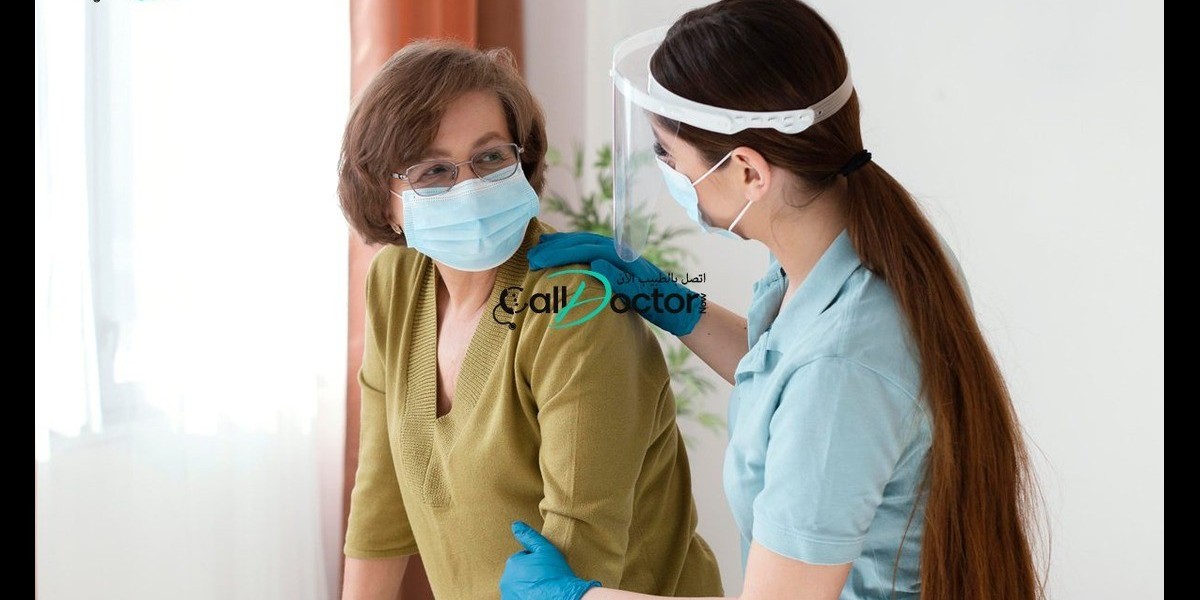When we think about healthcare, the first image that often comes to mind is a bustling hospital filled with doctors, nurses, and modern medical equipment. While hospitals are undeniably crucial in saving lives, they are not always the most comfortable places for long-term recovery. More and more patients and families are realizing the value of creating a safe and healing environment at home, where patients can recover or receive ongoing care in a familiar, supportive, and stress-free atmosphere.
The idea of healing extends beyond medicine. It is about the total experience of a patient—their emotional well-being, their sense of safety, and their ability to feel cared for in a way that nurtures both the body and mind. In this article, we will explore how a safe and healing environment can be created, the benefits it offers to patients, and the role families and caregivers play in shaping this essential part of healthcare.
The Importance of Safety in Patient Care
Safety is the cornerstone of any healthcare environment. Patients, whether they are recovering from surgery, managing chronic illnesses, or living with disabilities, are often in a vulnerable state. At home or in a clinical setting, safety measures must be prioritized to prevent accidents, infections, or complications.
A safe environment involves more than just clean surroundings. It requires a structured approach that anticipates risks and addresses them before they turn into problems. For example, ensuring that floors are free of clutter reduces the risk of falls, especially for elderly patients. Proper storage of medications prevents accidental misuse or overdosing. Maintaining clean linens, sanitized equipment, and hygienic conditions ensures patients are not exposed to harmful bacteria.
Healthcare professionals understand that safety does not happen by chance—it must be intentionally designed into every aspect of the care environment. Families can adopt the same mindset at home by working with medical providers to identify potential hazards and take steps to eliminate them.
Comfort and Emotional Healing
While safety ensures protection, comfort is what fosters emotional healing. A sterile, clinical setting may sometimes feel intimidating to patients, making them anxious or restless. On the other hand, an environment that feels warm, familiar, and welcoming helps reduce stress and accelerates recovery.
Small adjustments in a home or hospital room can make a big difference. Natural light improves mood and can regulate sleep patterns. Soft colors, personal items like family photos, or even a favorite blanket create familiarity and a sense of belonging. Comfortable furniture, proper ventilation, and quiet surroundings also contribute to mental well-being.
Studies show that patients who are emotionally supported and placed in environments that encourage relaxation tend to heal faster. They are more likely to follow medical advice, eat well, sleep better, and remain optimistic about their recovery journey.
The Role of Family in a Healing Environment
Family support plays a critical role in creating an environment conducive to healing. A patient who feels loved, cared for, and emotionally supported is more likely to respond positively to treatment.
Families can help by being present, engaging in meaningful conversations, and providing reassurance during moments of doubt or fear. Even small gestures, like preparing a favorite meal or sitting quietly with a loved one, can contribute to their sense of well-being.
However, family members should also be educated on the patient’s specific medical needs. Understanding how to assist with medication, physical therapy, or lifestyle changes ensures they can contribute effectively without compromising safety. In cases where the medical requirements are complex, families may choose to collaborate with professionals to balance emotional support with skilled medical care.
Professional Support in the Home Environment
One of the most effective ways to create a safe and healing environment at home is by seeking the assistance of qualified medical professionals. This is where services like a home nurse become invaluable. A home nurse not only provides medical expertise—such as administering medications, monitoring vital signs, and assisting with rehabilitation exercises—but also offers peace of mind to both patients and families.
Professional caregivers bring structure, consistency, and confidence to patient care. They ensure that safety protocols are followed, medical routines are maintained, and emergencies are handled swiftly. At the same time, they provide companionship and emotional reassurance, bridging the gap between clinical care and personal comfort.
This combination of expertise and empathy makes professional care in the home environment one of the most effective ways to support recovery and long-term health.
Designing the Physical Space
A safe and healing environment is also about the physical design of the patient’s surroundings. Whether at home or in a hospital, the arrangement of space can significantly influence safety and comfort.
Accessibility: Ensure that patients can move around easily. For those using wheelchairs or walkers, wide doorways and uncluttered paths are essential.
Bathroom Safety: Installing grab bars, non-slip mats, and raised toilet seats can prevent accidents.
Lighting: Adequate lighting reduces the risk of falls and creates a soothing atmosphere. Natural light is best, but well-placed lamps can also make a difference.
Temperature Control: A comfortable room temperature helps patients avoid discomfort, chills, or overheating.
Technology: Devices such as medical alert systems, automated pill dispensers, or adjustable hospital beds at home can further enhance safety and convenience.
By thoughtfully designing the physical space, families and caregivers can reduce risks and promote healing.
Holistic Healing: Mind, Body, and Spirit
True healing is holistic. It does not focus solely on treating symptoms but considers the well-being of the whole person. A healing environment should nurture the mind, body, and spirit simultaneously.
Mind: Providing opportunities for reading, hobbies, or light entertainment can keep the mind engaged and reduce stress.
Body: Encouraging physical activity, as recommended by a physician, helps maintain mobility and prevent complications.
Spirit: Spiritual or religious practices, if meaningful to the patient, can provide strength, hope, and comfort.
Holistic healing acknowledges that patients are not just medical cases—they are individuals with unique personalities, needs, and aspirations.
The Benefits of a Safe and Healing Environment
When patients are cared for in a safe and healing environment, the benefits extend far beyond faster recovery. Families experience less stress knowing their loved ones are in a supportive setting. Patients enjoy a higher quality of life, even during illness. Medical professionals find it easier to deliver care when the environment aligns with treatment goals.
Some of the most notable benefits include:
Reduced risk of complications and hospital readmissions
Improved patient satisfaction and cooperation with treatment
Enhanced emotional resilience and reduced anxiety
Stronger bonds between patients, families, and caregivers
Long-term sustainability of health and wellness
Conclusion: Healing Begins with the Environment
Healthcare is not limited to medicine, surgeries, or therapies. It is also about the environment in which healing takes place. By focusing on safety, comfort, family involvement, and professional support, patients can recover in surroundings that nurture both their bodies and spirits.
Creating a safe and healing environment is not a one-time effort—it requires continuous attention, compassion, and adaptability. Whether at home or in a clinical setting, the goal should always be to empower patients to feel secure, valued, and hopeful.







